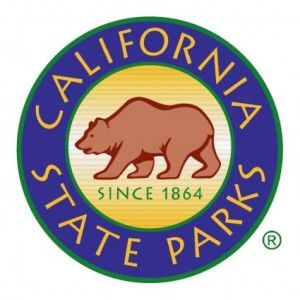How to save state parks from closure
By Joseph Perkins
A pair of Northern California lawmakers unveiled a proposal this week to avert the scheduled July 1 closure of 70 state’s 278 parks, casualties of last year’s budget-cutting by the Legislature.
“The notion of closing 70 parks is ill-conceived,” said state Sen. Joe Simitian, D-Palo Alto. “The state has never closed a state park, not even during the Great Depression,” said state Sen. Noreen Evans, D-Santa Rosa.
The lawmakers say their so-called “Sustainable Parks Proposal” would keep the gates open at up to 50 of the parks this year — those that have not already been spared by takeover by the U.S. Forest Service, transfer to a non-profit organization or funding by a wealthy donor.
To pay for their proposal, which was heard Wednesday by a Senate budget subcommittee, Simitian and Evans propose to tap the state’s Clean Water Revolving Loan Fund, Motor Vehicle Account and Local Assistance Fund, none of which are supposed to be used for parks.
But there’s a better way for lawmakers to save the parks without robbing Peter to pay Paul: Privatize them.
Just last month, the state Legislative Analyst’s Office issued a report in which it recommended that private for-profit companies be allowed to operate at least some state parks.
The LAO estimated that privatization would yield the state government annual savings in the low tens of millions of dollars. Another dividend, the report noted, is that private companies would procure new equipment and implement new projects more quickly than the state.
That matters not to Sens. Simitian and Evans. They continue to press ahead with their “Sustainable Parks” plan, which would have the budget-constrained state government continue to spend money it doesn’t have to maintain operations at all 278 state parks.
“Once you privatize a park,” said Evans, in remarks published in the Huffington Post, “you change the essential mission of the park. It becomes about making a profit.”
But the state Department of Parks and Recreation, itself, sees things differently.
“There are private companies in the Parks and Rec business that do it well,” DPR Deputy Director Roy Stearns told the Post. “People shouldn’t see private enterprise as a dirty word.”
In fact, DPR currently has about 200 concession contracts with private corporations, partnerships, associations and individuals that generate $12.5 million a year in state revenue.
The contractors provide a range of park amenities, including food service, recreational gear rentals, retail shopping, golf courses, marinas and lodging.
The state park system’s 70 million annual visitors are quite pleased with the quality and price of services and amenities provided by private concessionaires. There’s little reason to think they would be any less pleased if they visited state parks fully operated by private sector.
Related Articles
San Diego, L.A. fight water war
April 5, 2012 By Wayne Lusvardi The water wars are back. During World War II, President Franklin D. Roosevelt issued
CA taxes, mandates boost unemployment
“California raised a bunch of taxes this year. Its economy hasn’t collapsed.” So read the snarky headline accompanying a
East Coast freeze triggers voluntary CA electricity cutback
It’s not just water Californians are being asked to conserve. Yesterday, California’s Independent System Operator, which regulates the state’s electricity




